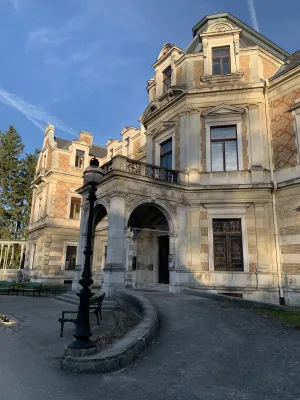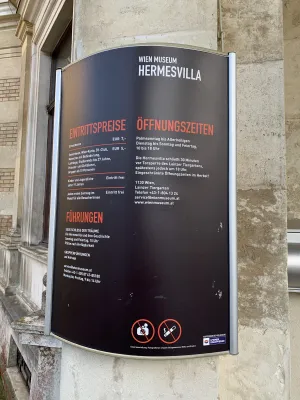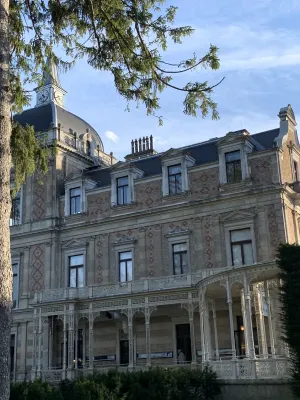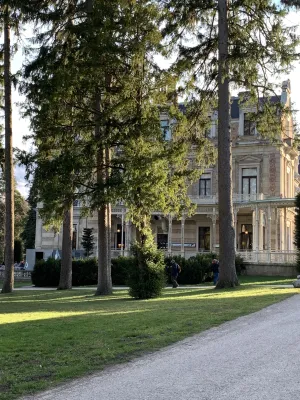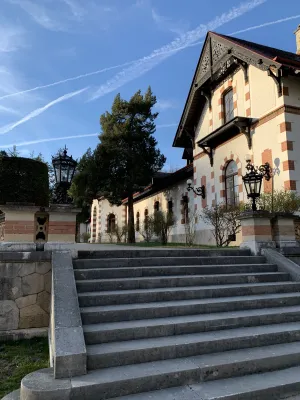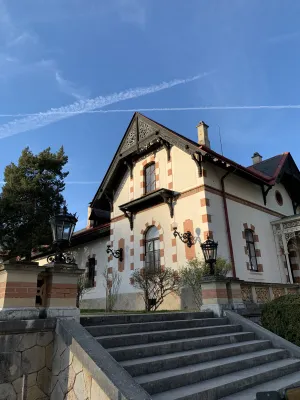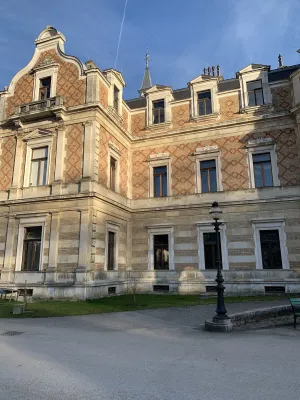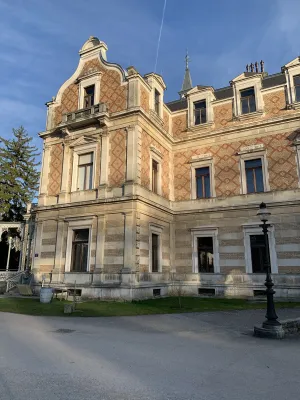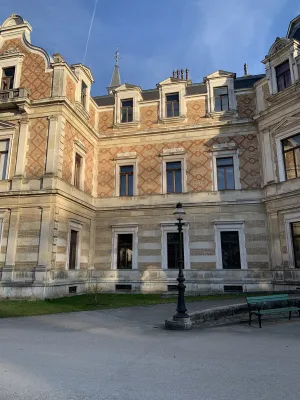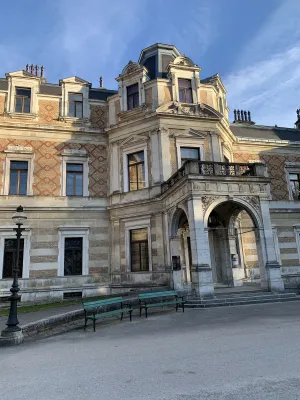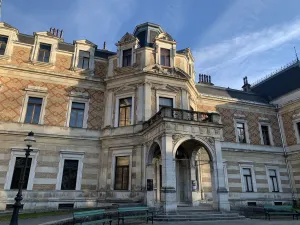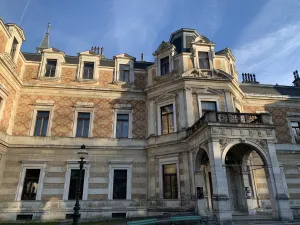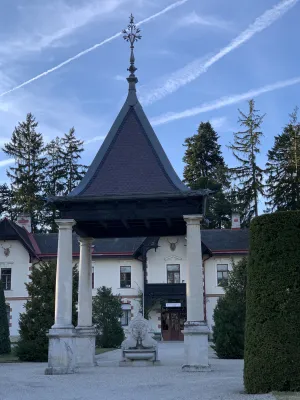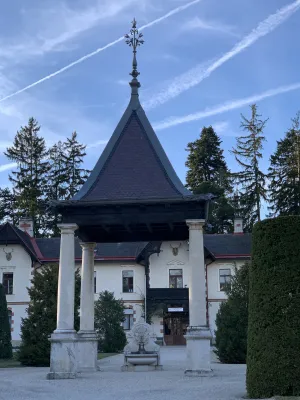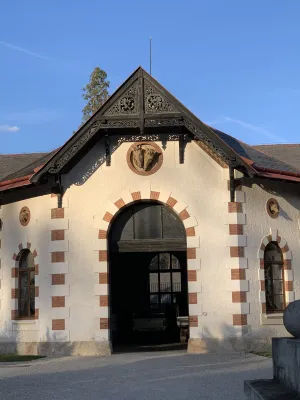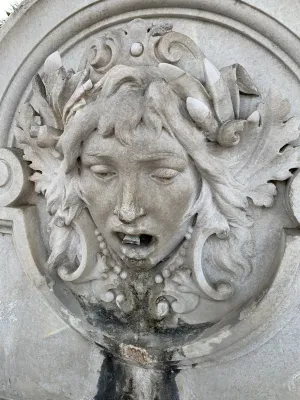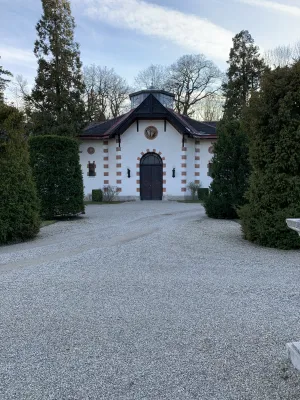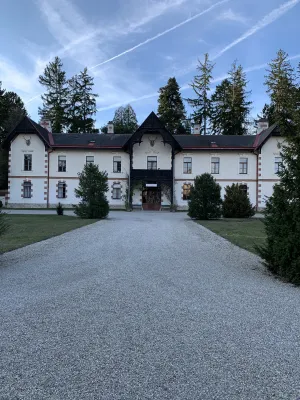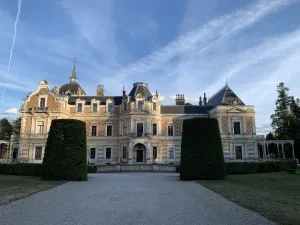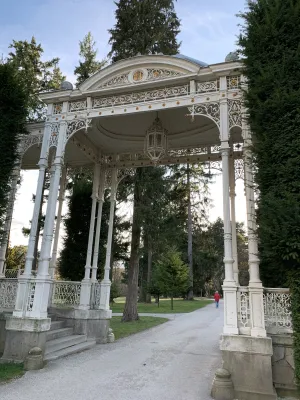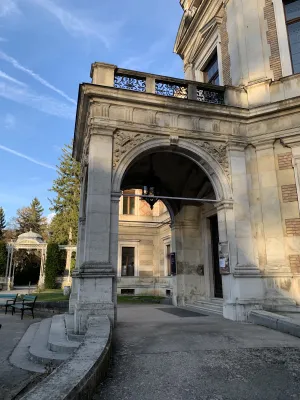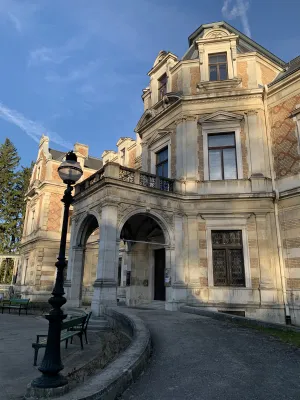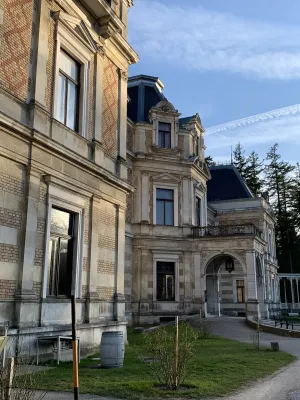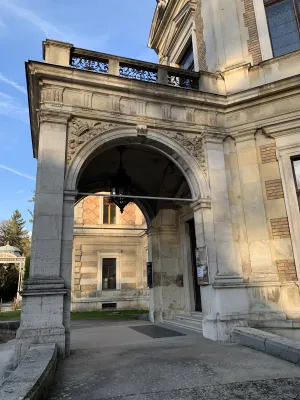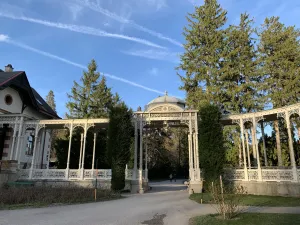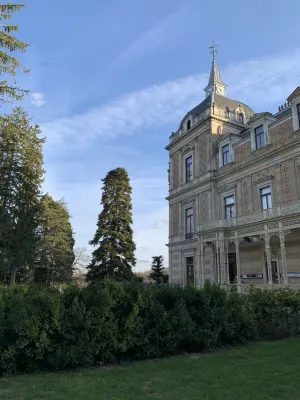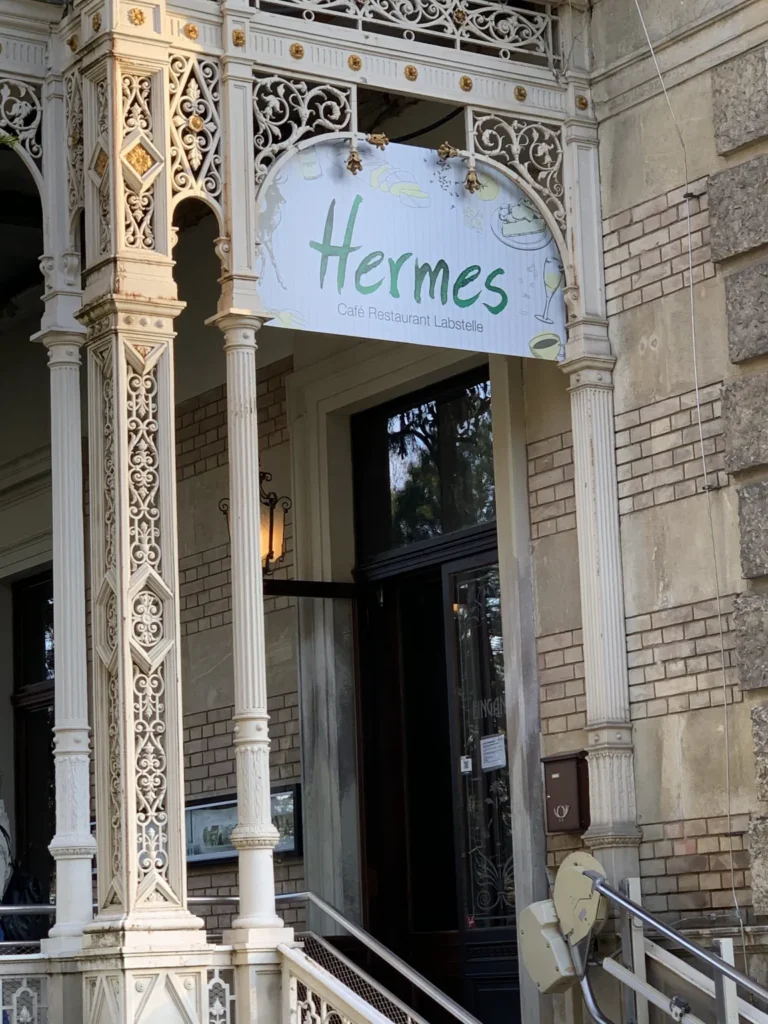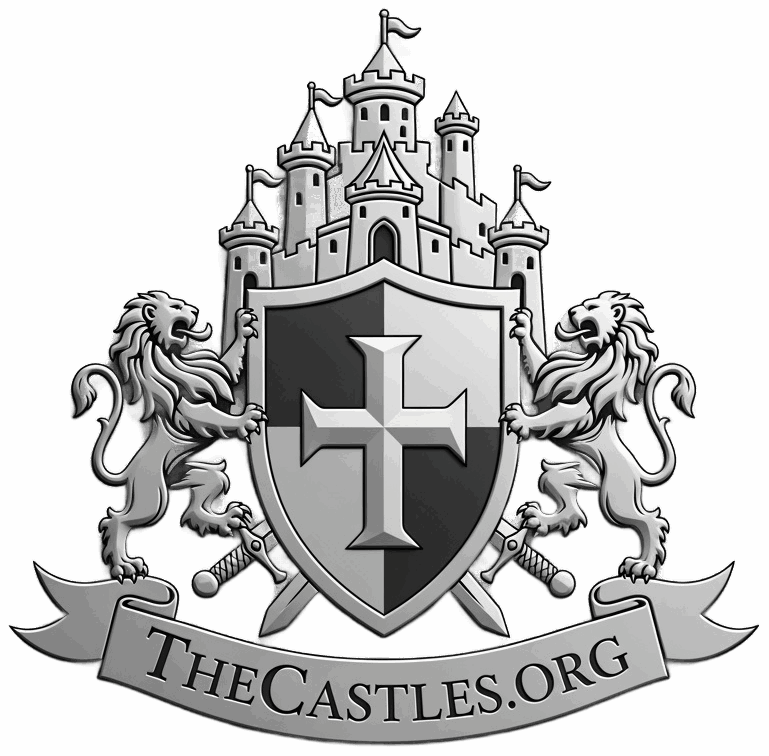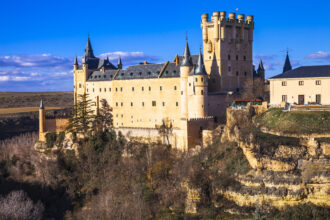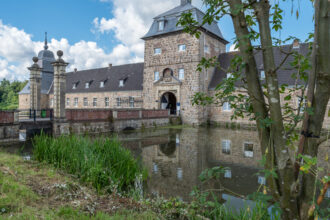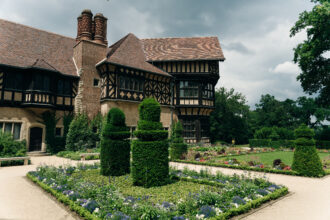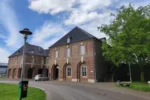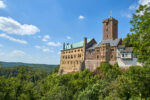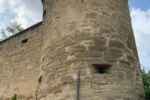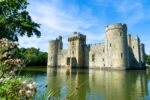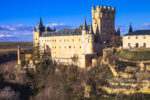The Hermes Villa in the former imperial hunting grounds of Lainzer Tiergarten in Vienna is known as the castle of dreams. I really wanted to visit this castle, which Emperor Franz Joseph I gave to his empress Elisabeth, popularly known as Sisi. The castle, surrounded by nature, was intended to encourage the travel-loving empress to stay in Vienna more often. The romantic villa, which was built in just five years between 1882 and 1886 according to the plans of the famous Viennese Ringstrasse architect Carl von Hasenauer, was originally called “Villa Waldruh.” However, the empress commissioned Berlin sculptor Ernst Herter to design the sculpture “Hermes the Guardian,” which still stands in the center of the park today. This is how the villa got its name, Hermes Villa. Between 1887 and 1889, the imperial couple regularly used this magnificent villa in late spring. After 1911, the villa had several owners and was even used as a film set in the 1960s for Walt Disney’s film “The Flight of the White Stallions.” On November 4, 1969, the villa was leased to the “Friends of Hermes Villa Association” and, after extensive renovation, was gradually opened to the public from October 9, 1971. Today, the first floor houses an impressive exhibition on the history of the villa and a branch of the Historical Museum, where special exhibitions are regularly held. In addition to magnificent paintings from the historicist period by Hugo Charlemont and Gustav Klimt, the empress’s bedroom with its gigantic state bed from the time of Maria Theresa and the magnificent murals inspired by Shakespeare’s “A Midsummer Night’s Dream” and designed by Hans Makart are absolutely fascinating. From the Lainzer Tor, I walked over a kilometer through the Vienna Woods to the Hermesvilla. Sisi’s castle of dreams enchanted me from the very first moment with its mixture of Renaissance and Baroque elements. The two-story building with its facade cladding of house stones and band-like red and glazed bricks is simply beautiful. I strolled through the courtyard with its large stables and farm buildings as well as the servants’ quarters and saw the fantastic fountain by Viktor Tilgner in the center of the courtyard. This fountain depicts Genoveva with the doe. Legend has it that Genoveva of Brabant, who lived in the 8th century, was mistakenly accused of adultery and sentenced to death. However, the executioner took pity on the pregnant woman and set her free. Genoveva then lived for years with her newborn son in a cave and was cared for by the Virgin Mary in the form of a doe. After six years, she was found by her husband Siegfried, who had always believed in her innocence. In gratitude for Genoveva’s salvation, he built a pilgrimage church in Fraukirch in the German state of Rhineland-Palatinate. The beautiful villa has a staircase with impressive oak paneling and a coffered ceiling in the German Renaissance style. The octagonal reception hall dates back to the 17th century. In addition to valuable paintings, the villa also houses many sculptures from Greek mythology. Today, the large hall is home to a café-restaurant with a magnificent terrace overlooking the park. The villa also houses the Tilgnersaal, the so-called church hall, with a magnificent ceiling and house altar in the background. I was really impressed by the castle and its 36-hectare park, which blends seamlessly into the 2,400-hectare Lainzer Tiergarten forest. The Hermesvilla is a beautiful castle in an idyllic spot. Very close to the villa is the famous sculpture by artist Ulrike Truger, made of Carrara marble and entitled: “Elisabeth: Compulsion – Escape – Freedom.” Fans, cloaks, and wings serve as symbols. The castle of dreams wonderfully combines nature, art, and culture and has become a true pilgrimage site for Sisi fans.
